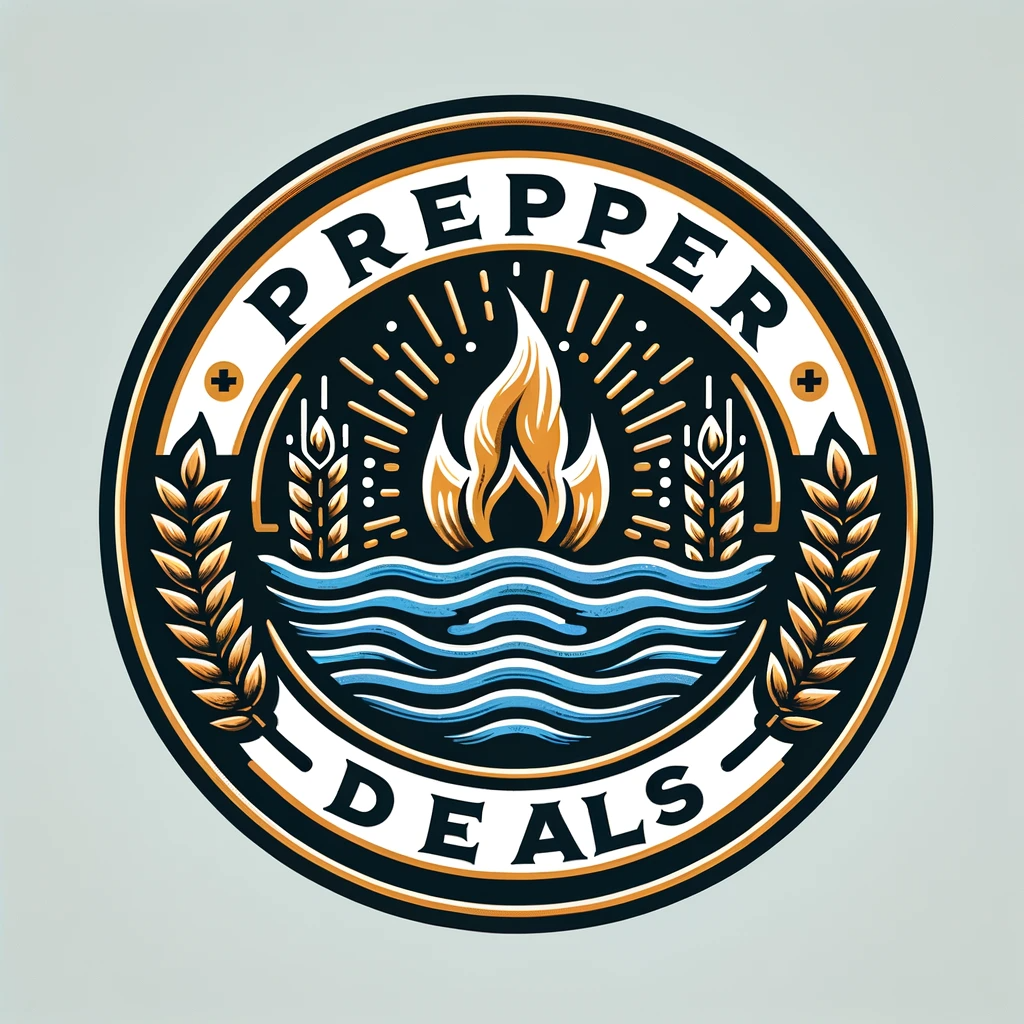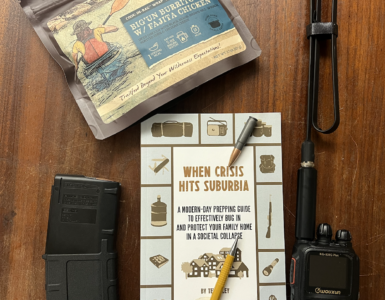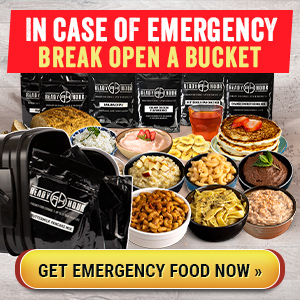Earthquakes are unpredictable natural disasters that can strike without warning, leaving devastation in their wake. Being prepared can significantly reduce the risk of injury, death, or property loss. By following key preparedness steps, you can improve your chances of staying safe during and after an earthquake.
Understanding Earthquakes
Earthquake Facts
- In the past decade alone, more than 267,000 people worldwide have lost their lives due to earthquake-related incidents.
- The United States experiences an average of 90 earthquakes per year, occurring in various regions across the country.
- High-risk areas for earthquakes include Alaska, California, Oregon, Washington State, Hawaii, Puerto Rico, and the Mississippi Valley.
Essential Earthquake Preparedness Steps
1. Create an Earthquake Preparedness Kit
Having a well-stocked emergency kit ensures that you have the necessary supplies to survive during and after an earthquake. Your kit should include:
- Non-perishable food and water (enough for at least 3 days)
- First-aid supplies
- Flashlights and extra batteries
- A battery-powered or hand-crank radio
- Essential medications
- Extra clothing and blankets
- Copies of important documents (IDs, insurance policies, medical records)
- Cash in small denominations
- Tools to turn off utilities if needed
- Personal hygiene items
You can assemble a custom kit or purchase a prepackaged earthquake survival kit. Be sure to maintain it by regularly checking expiration dates and replacing used items.
2. Secure Your Home to Prevent Injuries
Most injuries during earthquakes result from falling objects and structural damage. Reduce risks by:
- Securing heavy furniture like bookshelves, cabinets, and dressers to walls.
- Mounting flat-screen TVs and large mirrors securely.
- Using museum putty to secure small, breakable objects on shelves.
- Storing heavy or fragile items on lower shelves.
- Reinforcing your home’s foundation if you live in a high-risk area.
- Keeping emergency exits and pathways clear.
3. Know How to Shut Off Utilities
In the aftermath of an earthquake, broken gas lines, water pipes, or electrical hazards could cause additional dangers. Familiarize yourself with how to turn off:
- Gas lines – Locate the main shutoff valve and keep a wrench nearby to turn it off if you smell gas.
- Electricity – Know where your circuit breaker is located and how to turn off power if necessary.
- Water supply – Locate the main water shutoff valve to prevent flooding from burst pipes.
4. Consider Earthquake Insurance
Standard homeowners’ insurance policies do not cover earthquake damage. If you live in an earthquake-prone area, purchasing a separate earthquake insurance policy can help cover:
- Structural repairs to your home.
- Replacement of damaged personal belongings.
- Temporary housing if your home becomes uninhabitable.
5. Learn What to Do During an Earthquake
Knowing how to react in the moment can save lives. Follow the “Drop, Cover, and Hold On” drill to minimize injuries:
The New Earthquake Drill: “Drop, Cover, and Hold On”
- Drop
- Get down on your hands and knees to prevent being knocked over.
- Cover
- Stay on your hands and knees and crawl underneath sturdy furniture, such as a table or desk.
- If no cover is available, protect your head and neck with your arms and crouch against an interior wall.
- Tuck your knees under your belly to protect your vital organs and keep your head low to the ground.
- Hold On
- Remain under cover until the shaking stops.
- If possible, hold onto the furniture you are sheltering under to prevent it from shifting.
6. Triangle of Life vs. Drop, Cover, and Hold On
There has been debate over the best earthquake survival strategy, particularly regarding the “Triangle of Life” theory proposed by Doug Copp. This theory suggests that instead of taking cover under furniture, people should position themselves beside sturdy objects to create survivable voids in case of building collapse. However, leading safety organizations such as FEMA and the American Red Cross do not recommend the Triangle of Life for several reasons:
- Most earthquake-related injuries and deaths result from falling objects, not total building collapse.
- In well-constructed buildings, taking cover under sturdy furniture is the safest option.
- Moving around during an earthquake significantly increases the risk of being injured.
The Drop, Cover, and Hold On method remains the most widely endorsed and effective earthquake survival strategy.
7. Hold Regular Earthquake Drills
Practicing what to do in an earthquake can help your family stay calm and react effectively. Conduct earthquake drills at home and include:
- Identifying safe locations in each room.
- Practicing “Drop, Cover, and Hold On.”
- Testing emergency communication plans with family members.
- Reviewing evacuation routes if necessary.
8. Have a Family Communication and Evacuation Plan
An earthquake may knock out power and cell service, making communication difficult. Create a plan that includes:
- A designated emergency contact outside of the disaster area.
- A meeting place for family members if you become separated.
- Alternative methods of communication, such as a battery-powered radio or emergency alert apps.
9. Strengthen Your Home’s Earthquake Resilience
Regular home maintenance can help reduce the risk of collapse. Consider:
- Retrofitting older buildings with earthquake-resistant reinforcements.
- Using flexible gas and water lines to reduce the risk of leaks.
- Installing automatic gas shutoff valves for added safety.
Conclusion
Earthquakes can be sudden and devastating, but taking proactive steps can improve your chances of staying safe. From assembling an emergency kit to securing your home and practicing earthquake drills, preparedness is key. By following these guidelines, you can protect yourself, your family, and your property when the next big quake strikes.

















